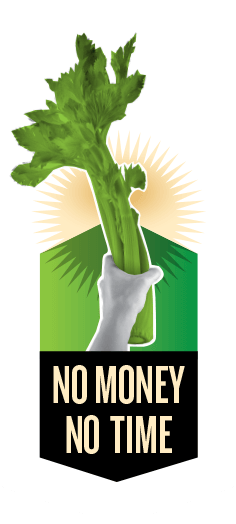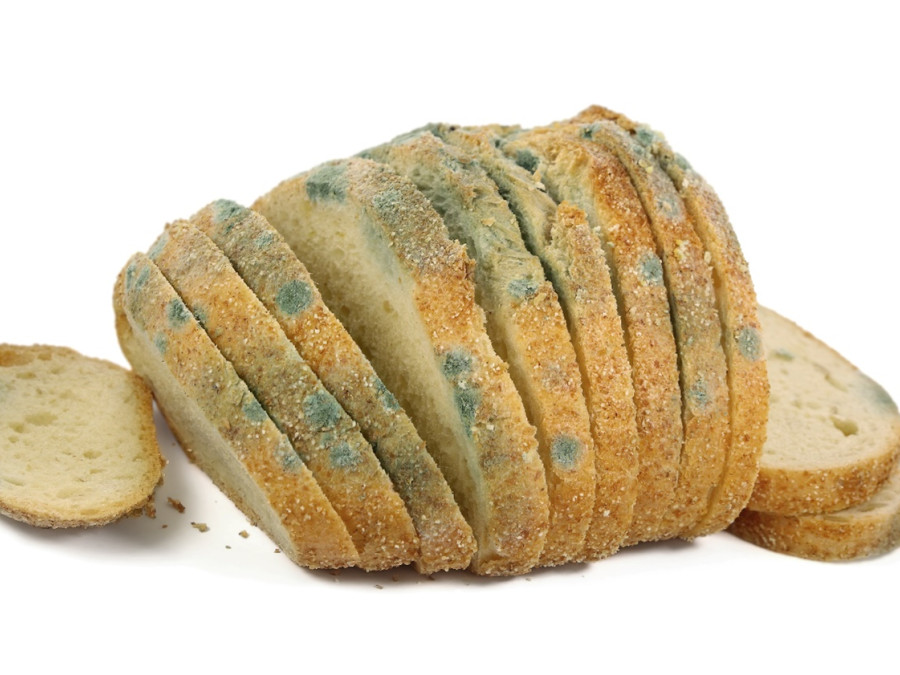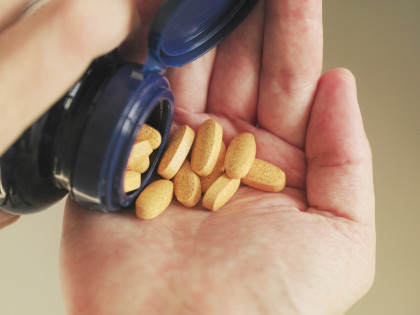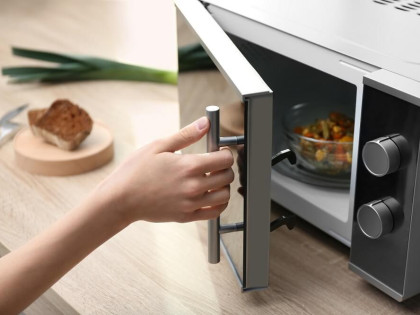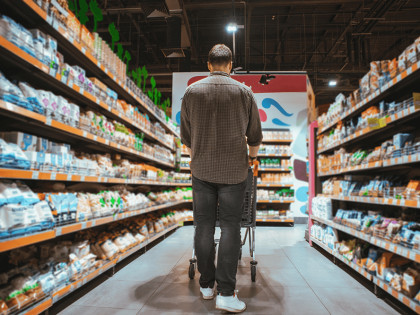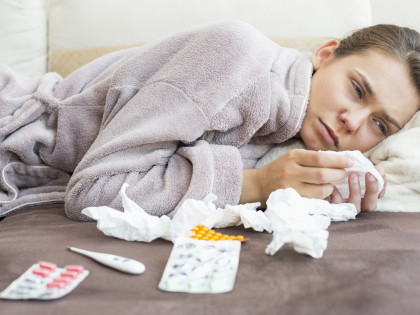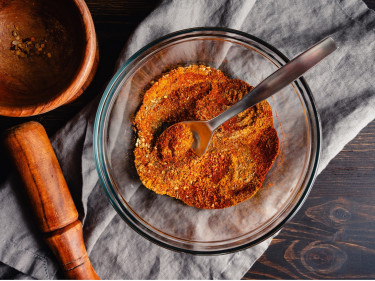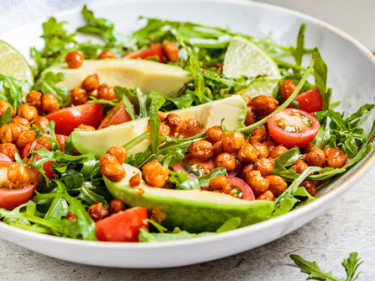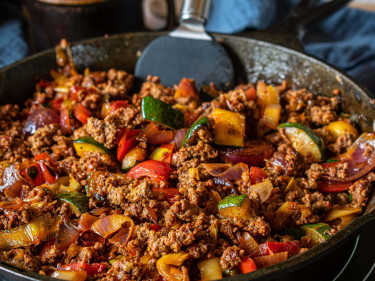Food poisoning affects around 4 million Australians each year. Foodborne illness happens when you eat or drink something that has been contaminated with harmful bugs, referred to as pathogens.
The three most common types of food poisoning bugs are:
- Bacteria e.g., Salmonella, E.coli and Listeria.
- Viruses e.g., Norovirus and Hepatitis A.
- Toxins produced by Staphylococcus aureus bacteria.
Symptoms
Symptoms can range from mild to very severe, and often include one or more of the following:
- Nausea
- Stomach cramps
- Diarrhoea
- Vomiting
- Fever
- Headaches
The time that it takes for symptoms to emerge depends on the type of pathogen.
| Pathogen | Time between eating and onset of symptoms | Duration of symptoms | Food that infection is usually found in |
| Salmonella | 6 hours – 6 days (usually 12 hours – 3 days) |
| |
| E.coli | 2 – 10 days (usually 3 – 4 days) | 1 week |
|
| Listeria | 3 days – 10 weeks | Variable |
|
| Norovirus | 1 – 2 days | 12 - 60 hours |
|
| Hepatitis A | 2 – 7 weeks | Variable, usually 3 weeks |
|
Staphylococcus aureus toxin | 0.5 – 8 hours | 1 - 2 days |
|
What can I do to prevent food poisoning at home?
Risk of food poisoning is much lower if food is handled correctly and then cooked appropriately and then eaten immediately and leftovers stored properly.
Food handling
- Avoid preparing food for others if you are sick.
- Any cuts or sores on hands or fingers should be covered with a clean, waterproof dressing or wear disposable gloves.
- Before handling any food or utensils, always wash hands properly beforehand.
Food preparation
- Keep kitchen benches and equipment clean and dry.
- Separate raw and cooked food and use different cutting boards and knives for both.
- Avoid using a dirty tea towel for drying dishes – air drying is best.
- Defrost and marinate foods in the fridge, not on benchtops, especially meats.
- Wash fruit and vegetables thoroughly, especially if they will be eaten raw.
- Do not eat foods that are past their ‘use-by’ date, in a dented or swollen can, in food packages are swollen or have been tampered with, or in vacuum packaging that has become loose.
Cooking
- Always cook and reheat foods to at least 60ºC, which is the temperature at which steam starts to rise
- For meats such as mince or sausages, always make sure they have been cooked through (i.e., no pink left).
- Look for clear juices before serving chicken.
- Heat all marinades and gravies containing raw meat juices to boiling point before serving.
- If microwaving food, rotate and stir the food during microwaving to ensure that there are no unevenly cooked spots.
- Allow cooked food to cool to about 45ºC before putting in the fridge. It is not essential to let it completely cool.
Food storage
- Always follow storage and cooking instructions on packets of food.
- Keep fridge temperature at 5ºC or less.
- Store raw meats at the bottom of the fridge.
- Store eggs in the fridge.
- Avoid eating food that’s meant to be in the fridge if it has been left out of the fridge for over four hours.
- Clean inside cupboards, fridge and freezer regularly.
- Avoid allowing pets into the kitchen, feeding them in the kitchen or washing pet food bowls in the kitchen sink.
The longer that food is in the temperature danger zone (between 5ºC to 60ºC ) while preparing, cooking or storing – the more rapidly food poisoning bugs will multiply.
Are some people more likely to get food poisoning?
Yes, some people are more at risk of food poisoning and more likely to get really sick if they get it.
- Pregnant women due to lower immune function.
- People older than 65 years of age with underlying medical conditions, like diabetes.
- People with compromised immune systems due to health problems like cancer, or autoimmune diseases e.g., multiple sclerosis, rheumatoid arthritis, lupus, chronic conditions like HIV infection, or on treatments that affect the immune system such as chemotherapy, radiotherapy or immunosuppressant therapy.
High-risk foods
- Raw meat
- Seafood
- Raw or lightly cooked eggs, including foods made from raw egg
- Unpasteurised dairy products
- Cooked rice or pasta not kept at correct temperatures
- Pre-prepared salads e.g., coleslaw, pasta salads and fruit salads
For food safety tips while picnicking. Check out Our Guide to the Perfect Picnic.

